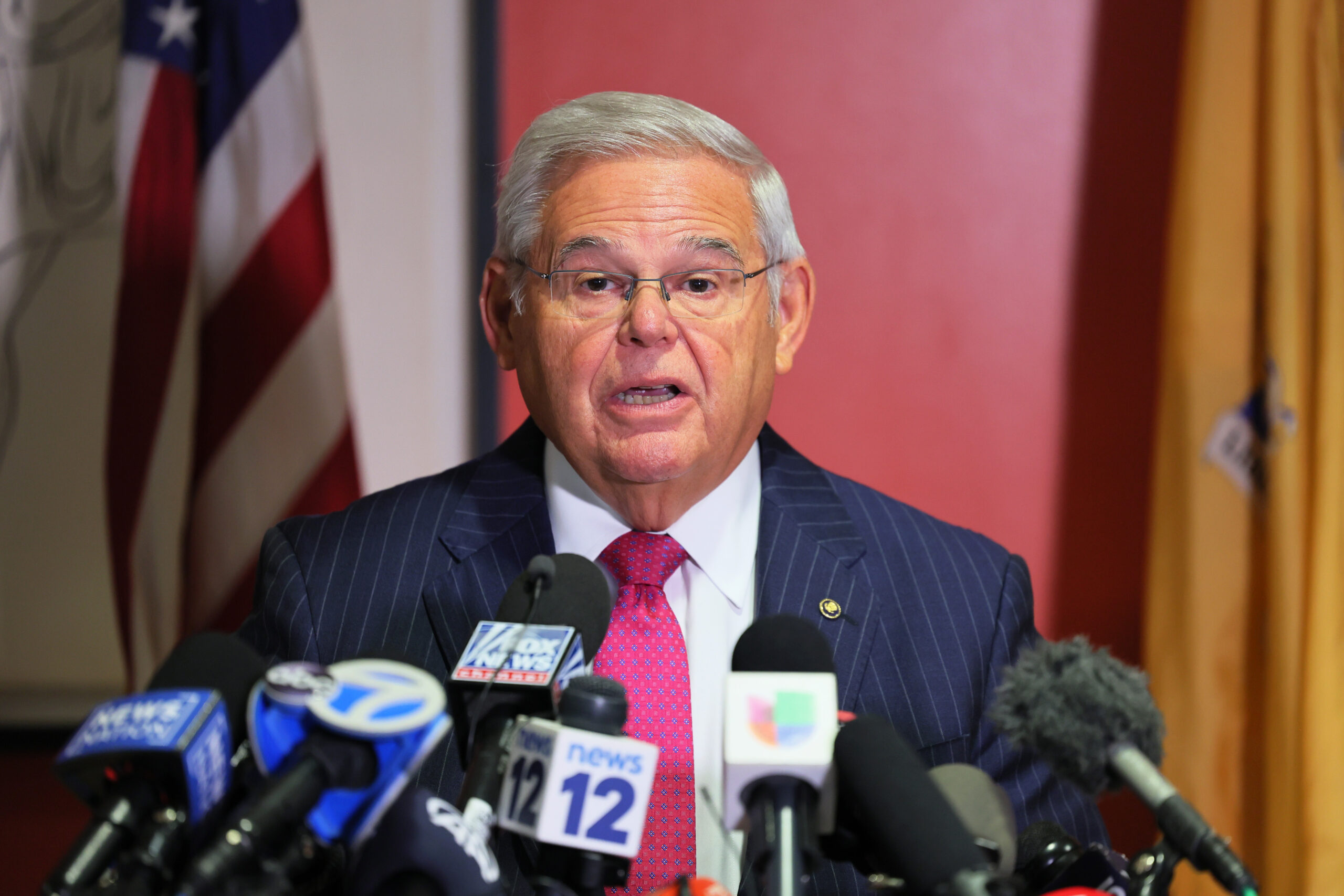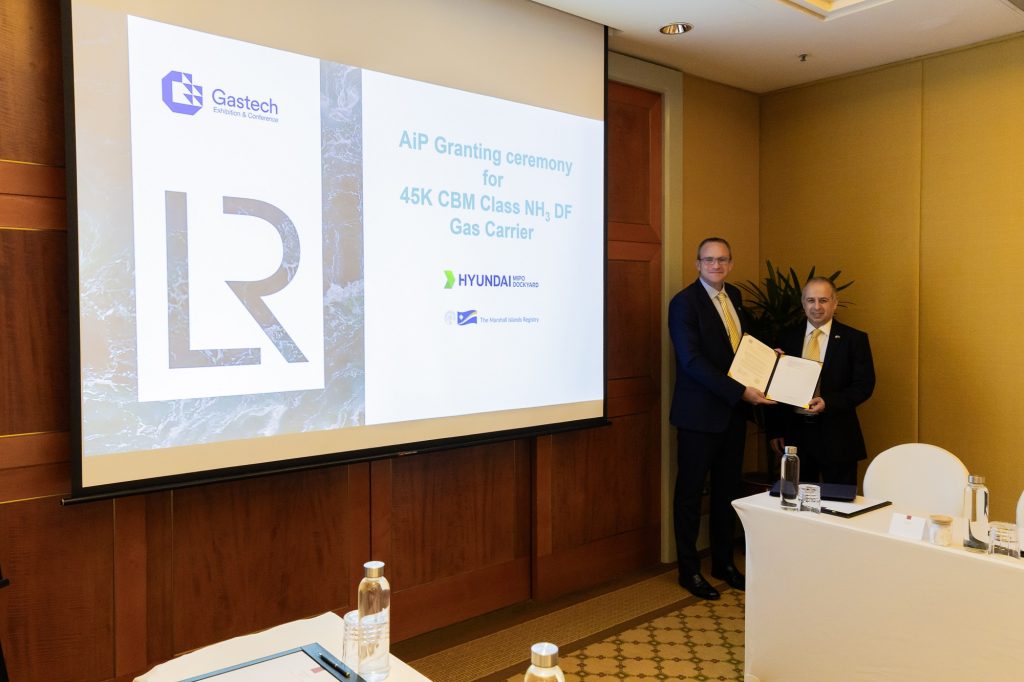This text was initially printed on ProPublica, a Pulitzer Prize-winning investigative newsroom. It was printed in affiliation with Mountain country lights.
A gaggle of residents in West Virginia has filed a lawsuit towards the Environmental Safety Company, alleging that federal regulators failed to guard the state’s majority black neighborhood and residents of elements of Louisiana and Texas from cancer-causing chemical compounds.
A 2021 Mountain State Highlight and ProPublica story highlighted the presence of Black communities throughout the nation, just like the institute in West Virginia. Burdened by a disproportionate health burden from industrial pollution. A ProPublica evaluation of emissions knowledge discovered that, on common, the extent of most cancers danger from industrial air air pollution in majority-Black census tracts was excessive. More than double that for majority-white areas.
Earlier this 12 months, The Environmental Protection Agency has proposed stricter rules regarding air pollution For chemical vegetation and different industrial services, together with inserting stricter limits on ethylene oxide — the identical chemical launched by the plant on the institute. however Proposed rules It is not going to cowl main ethylene oxide pollution in West Virginia as a result of these vegetation fall beneath a distinct industrial class in EPA regulation.
Pam Nixon, a former institute resident and member of Individuals Involved about Chemical Security based mostly in Charleston, West Virginia, who filed the lawsuit, mentioned her neighborhood was typically uncared for by the EPA.
“Justice is not going to be achieved but till all communities are handled the identical and till folks all over the place breathe clear air and it doesn’t impression the well being of their households,” Nixon mentioned. Whereas it could be troublesome to hyperlink particular medical situations to publicity to air pollution, she mentioned she suffered blisters and autoimmune issues after being uncovered to a leak from the institute’s manufacturing facility in 1985.
The lawsuit filed Monday notes that the E.P.A Missed a legally required deadline To replace federal emissions requirements for services that produce polyether polyol, a sort of chemical that emits carcinogens together with ethylene oxide.
These services are main sources of air pollution that disproportionately impacts communities of colour and low-income areas, which are sometimes already burdened by industrial growth.
The institute, which is situated in one of many solely two majority-black census tracts in West Virginia, faces an extra most cancers danger from industrial air air pollution. 36 times the level that the EPA considers acceptable from Near Union Carbide factory – A facility that helped outline West Virginia’s “Chemical Valley.”
The Union Carbide facility manufactures ethylene oxide, which is utilized in numerous merchandise, together with antifreeze, pesticides and sterilizing brokers for medical devices.
2021 ProPublica analysis It discovered that of greater than 7,600 services throughout the nation that elevated most cancers danger in close by communities, the institute’s plant ranked seventeenth.
Dow Chemical, which owns Union Carbide, didn’t reply to an e-mail request for remark, or to a number of requests despatched whereas researching the 2021 story.
Excessive most cancers dangers additionally have an effect on the world often known as “Most cancers Alley” alongside the Mississippi River between Baton Rouge, Louisiana, and New Orleans, in addition to round Houston, Texas. Each areas even have clusters of polyether polyol manufacturing services, based on the lawsuit.
The Louisiana Environmental Motion Community and the Sierra Membership joined the West Virginia group in its lawsuit towards the EPA. Environmental teams usually take authorized motion when the company misses deadlines.
The EPA is required beneath the Clear Air Act to overview and replace emissions requirements for hazardous air pollution each eight years, however the company has not made any substantive revisions to emissions requirements for this supply class since 1999, based on Adam Krohn, an environmental researcher. Earthjustice legal professional representing environmental teams.
In 2014, the EPA made minor adjustments to the way it screens and measures polyether polyols, however determined to not make any revisions to emissions charges after a overview that checked out whether or not present requirements adequately shield communities from well being dangers.
Within the lawsuit, the environmental teams say the EPA failed in its required duties by lacking its 2022 deadline.
As a result of regulators missed the deadline, the lawsuit asks the courtroom to seek out the EPA in violation of the Clear Air Act and to pressure the company to replace emissions requirements by an accelerated deadline set by the courtroom itself.
The EPA declined to remark resulting from pending litigation.
Along with lacking deadlines, the EPA regulation has didn’t sustain with the science, the teams say within the lawsuit. In 2016 — two years after the EPA revised the requirements — the company decided that the most cancers danger from ethylene oxide was about 60 occasions higher than beforehand thought.
However even after this discovering, the company didn’t replace its requirements. In 2021, the EPA’s Workplace of Inspector Common urged the company to overview polyether polyol manufacturing earlier than the 2022 deadline after a report on ethylene oxide emission supply classes discovered that the EPA was failing to fulfill required deadlines for conducting the opinions.
The inspector common’s report additionally famous that the EPA couldn’t be certain that present emissions requirements adequately protected public well being as a result of it was late in reviewing them, based on the lawsuit.
In response to the report, EPA regulators mentioned they deliberate to finish a overview of emissions requirements for services like these on the institute by late 2024 — greater than two years after the deadline.





